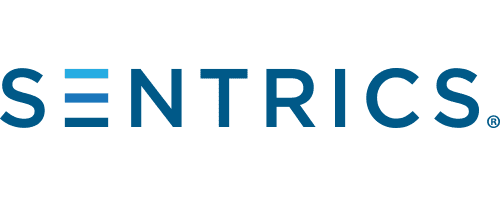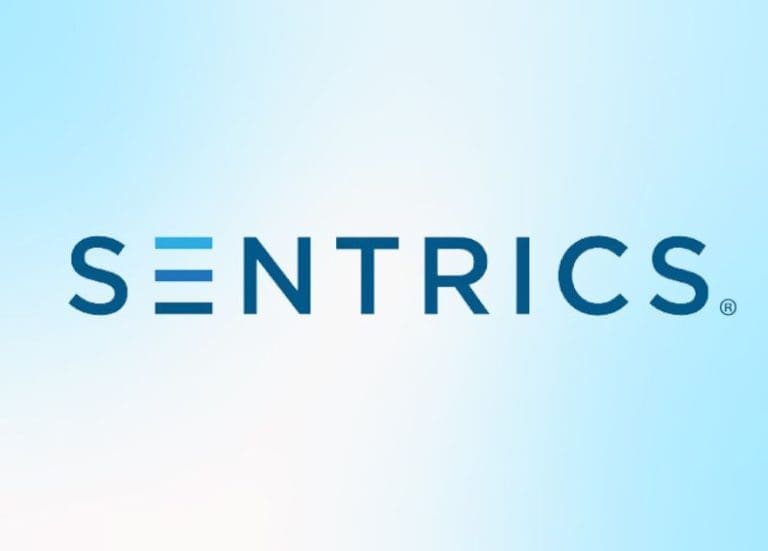The Shift to Proactive Care:
In the rapidly evolving landscape of senior care, integrating data-driven decision-making has emerged as a transformative force, particularly in the critical domain of life safety. Moving beyond traditional responsive models, senior living communities are increasingly leveraging analytics to shift towards proactive care. This article explores the profound impact of data-driven approaches in enhancing life safety and highlights the benefits of descriptive, predictive, and prescriptive care.
Historically, senior care facilities have often relied on reactive measures to address life safety concerns. However, the integration of advanced analytics enables a paradigm shift towards proactive care. By harnessing the power of data, senior living communities can anticipate potential risks, prevent incidents, and ultimately create a safer and more secure environment for residents.
Descriptive Care: Understanding the Present:
Descriptive analytics forms the foundation of informed decision-making by providing a retrospective view of data. In the context of senior care, this means gaining insights into current life safety trends, incident patterns, and response efficacy. Facilities can analyze historical data to identify areas of improvement, enhance emergency protocols, and ensure regulatory compliance. Descriptive analytics empowers senior care providers with a comprehensive understanding of the present, laying the groundwork for more effective decision-making.
Predictive Care: Anticipating Future Risks:
Predictive analytics takes senior care to the next level by forecasting potential risks based on historical data and trends. In the realm of life safety, this could involve predicting the likelihood of falls, identifying residents at risk of certain medical conditions, or anticipating environmental hazards. By proactively addressing these potential issues, senior living communities can implement preventive measures, deploy resources strategically, and ultimately reduce the occurrence of life safety incidents.
Prescriptive Care: Guiding Informed Action:
Prescriptive analytics goes beyond prediction, offering actionable insights to guide decision-makers in crafting effective strategies. In the context of senior care life safety, prescriptive analytics could recommend personalized interventions for residents based on their health data, suggest facility modifications to reduce risks, or optimize emergency response protocols. This level of precision enables senior care providers to take informed actions that are tailored to the specific needs and challenges of their residents.
Benefits of Data-Driven Decision-Making in Life Safety:
- Enhanced Resident Safety: Proactive care models significantly reduce the risk of accidents and emergencies, creating a safer living environment for seniors.
- Resource Optimization: By anticipating and preventing incidents, senior care facilities can allocate resources more efficiently, ensuring that staff and equipment are strategically positioned to address potential risks.
- Improved Regulatory Compliance: Descriptive analytics aids in monitoring and ensuring compliance with safety regulations, reducing the risk of penalties and legal issues.
- Personalized Care Plans: The combination of predictive and prescriptive analytics enables the development of individualized care plans, addressing the unique needs and risks faced by each resident.
- Increased Resident Satisfaction: The assurance of a secure living environment contributes to higher resident satisfaction, fostering a sense of well-being and trust within the senior living community.
Take a look at Enrich from Sentrics:
In the dynamic landscape of senior care, the adoption of data-driven decision-making, particularly in life safety, is a transformative journey from being reactive to becoming proactive. Descriptive, predictive, and prescriptive analytics offer a comprehensive toolkit for senior living communities to enhance resident safety, optimize resource utilization, and provide personalized care. Embracing this data-driven approach is not just a technological evolution; it’s a commitment to the well-being and quality of life for seniors in our care. The integration of analytics into senior living community care and management represents a transformative shift in how we approach the well-being of our aging population. The benefits extend from personalized care plans and proactive health monitoring to operational efficiency and heightened community engagement. As technology continues to advance, analytics will undoubtedly play a pivotal role in shaping the future of senior care, ensuring a more compassionate, efficient, and sustainable approach to the well-being of our elderly population within living communities.
Ready to see how analytics can improve your senior living community? Take a look at Sentrics Enrich right HERE.



